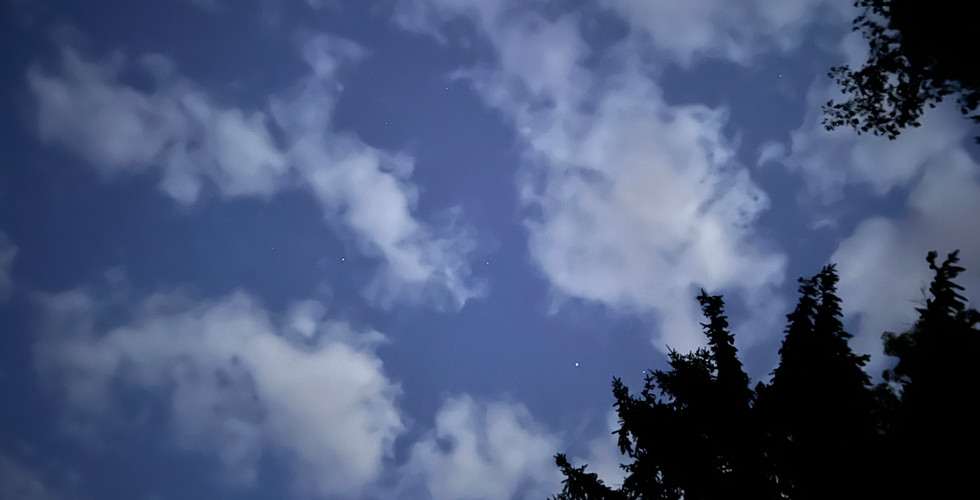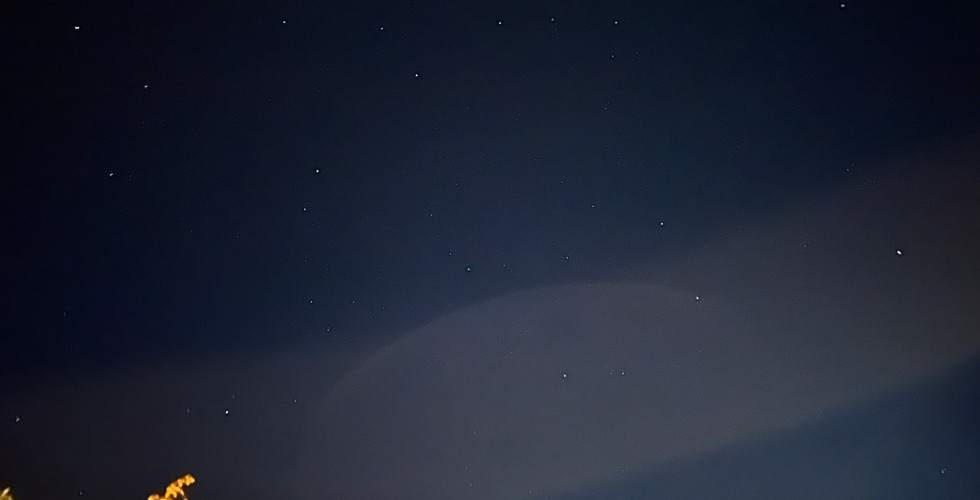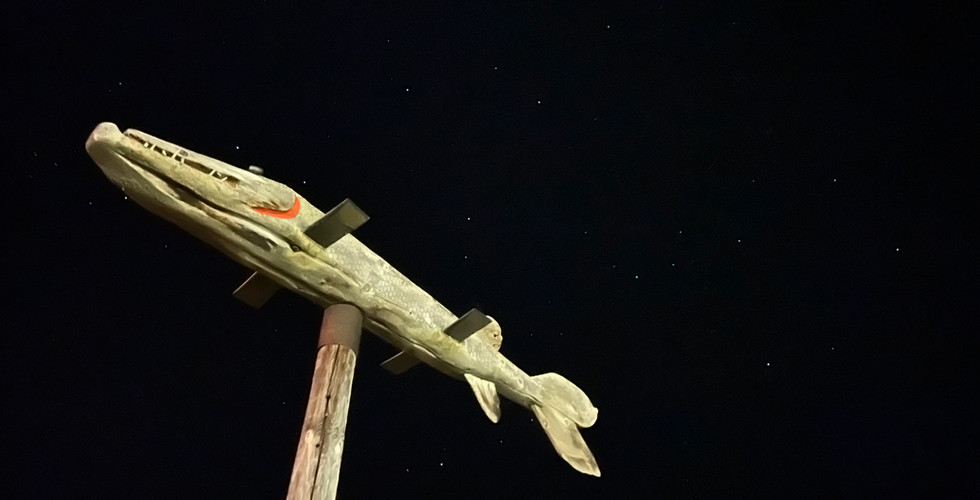Stellar Explosion Imminent
Astronomers predict a star is about to explode, and you'll be able to see it with the naked eye. There are only ten known such stars (called recurrent novae) for which a time frame can be estimated, and only two known to become visible without a telescope. Get out your cell phone, for together we can watch science unfold and see if the prediction holds.
I encourage you to photograph the starfield containing the constellation Corona Borealis every clear night, hoping to catch the nova (T CrB) on the rise. During early twilight, follow the arc of the Big Dipper's handle to the bright star Arcturus. Go up a little more than a fist at arm's length to find another star in the constellation Bootes, then up that far again and to the left slightly to find Gemma in Corona Borealis. Gemma, a.k.a. Alphecca, is the gem star in the northern crown. If you see another star about as bright as Gemma just a few degrees up and to its left, that may be your nova!

Stay with it into darker hours, taking 3-second exposures with your cell phone camera. Then you can get a preview of what the naked eye will see as twilight deepens. The seventh star in the upper left of Corona Borealis is faint and admittedly hard to see.

Temper your expectations and enjoy the sight--while recognizing the amazing science behind the nova's cause--rather than deeming it an underwhelming spectacle. The nova may get as bright as Polaris, with the North Star itself being about the 50th brightest star in the sky. The newly appearing star will emerge out of the darkness and be just one of maybe hundreds of the brightest points of light in the night sky. While there are many novae that likely repeat over large time spans, only a handful with shorter time frames have been recorded in outburst more than once.
Anticipating the nova T Coronae Borealis (T CrB) in late summer 2024, I have tried to get an image of the northern crown every clear night since June 15. To find it, follow the arc of the Big Dipper's handle to the bright star Arcturus. If a new star appears about as bright as nearby 2nd-magnitude Gemma and to its left, the nova is underway. Keep imaging the starfield to track its rise. It may last a day or two, then start to fade back into obscurity over the ensuing weeks.

Through September 8 the nova has not yet appeared. Nightly observations are recorded at the AAVSO website. Hopefully the new light emerges in a late summer night before Corona Borealis disappears for the season. Until it does, we collectively can scrutinize the prediction that the pre-eruption dip presages an eruption this year. Together, let's watch science unfold.
Below are the individual images from June 18 to September 8, 2024, with Corona Borealis visible. Exposures may be up to 3 seconds. So far, no nova.
It's possible the nova won't arrive as predicted. It's past appearances have been in about 80-year periods, with the last one in 1946. With a consistent pattern, it's reasonable to expect it to occur in 2026, as Dr. Jim Kaler wrote in 2011. And while he would welcome the new data about a "pre-eruption dip," Kaler would often caution that "nobody really knows for sure." Astronomers are quick to recognize that the universe deviates from expectations.
Or it may happen imminently. So in science we observe. Enjoy.
Updated through 2024 September 21; started June 18.
























































































































































































































Comments